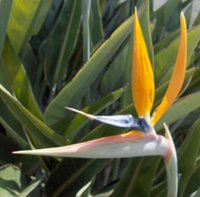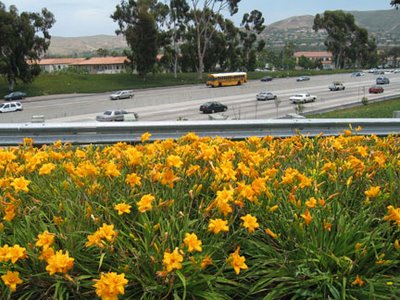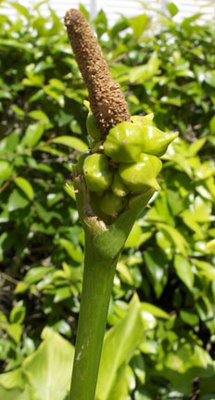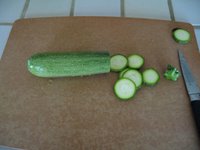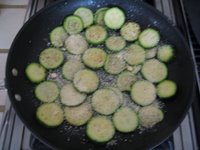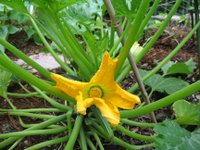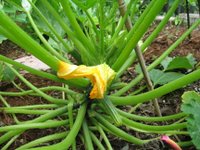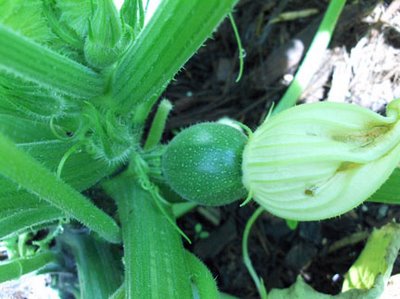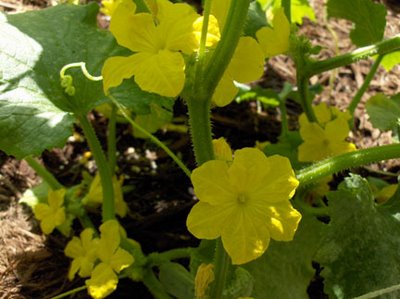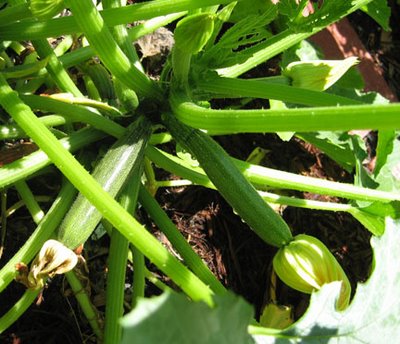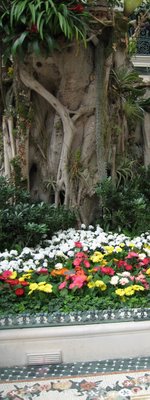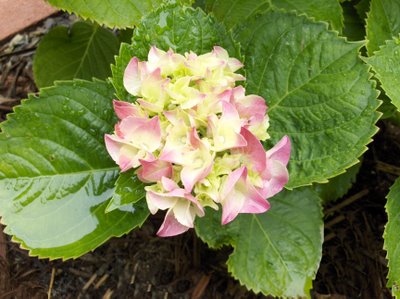My sister lives in Maine and uses the expression "in the weeds" when she has too much to do and isn't keeping up. I am so "in the weeds!" Can you get behind in a hobby? About ten days ago, son #2, home from college, came home from his part-time job with the flu. Two days later, some #1, home from college, had the flu. Two days later, I had the flu. Earlier last Sunday, before I knew I was going to get the flu, I went to the garden center and purchased flowers and some beans, a few bags of potting soil with the intention of creating some beautiful containers.
My containers were looking very sad. I had randomly stuck spider plants in them last fall, geraniums, vinca. I was tidying up the yard and anything alive was stuck in the dirt.
So finally, I am over the flu and I went out to work on the containers. The flowers which I dutifully watered all week were looking worse for the wear. But the containers! Yikes. Everything I stuck in them had become rootbound. Big gnarly deeply penetrating roots. I tugged and tugged. I hacked and pulled. Finally, I got all of the old plant material out and in with the new. But I only got two of them in good shape.
And tomorrow I have commitments which will keep me from gardening the whole week.
I'm in the weeds!








